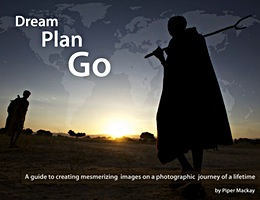
I know the last year has been very hard on all of us around the world. For many of us, travelling is the oxygen to our souls. Through travel, we create friendships around the globe, uniting people across cultures and religions. I’m sure we all hope to travel again very soon and many of you have expressed interest in what it has been like traveling in Kenya during COVID.
Although Kenya was not my first safari destination, I have been traveling to Kenya for 16-plus years, since August 2004. I experienced instant love for the beauty of the country, the incredible wildlife, and the people; I have learned so much from them.
RESEARCH ON SAFETY
I lived in Kenya during the Ebola scare, so I know how quickly Kenya (and Africa in general) reacts to health emergencies. From the start of the pandemic, I watched their news and the announcements from their president, Ministry of Health, and Ministry of Tourism. I had firsthand knowledge of the health mandates in Kenya and the protocols implemented throughout the country, including safari camps and lodges, which has allowed safaris to operate safely since the domestic borders opened on July 1 and international borders opened on August 1.
Being in tourism, I closely followed what high-end international airlines were doing regarding safety, and I read published scientific studies and reports about flying safety.
As per my last physical checkup in February 2020, I am healthy and not in a high-risk group with any preexisting conditions, which could cause complications if I contracted COVID.

THE REASONS
I chose to travel to Kenya during the pandemic for many reasons.
Completely isolated because I live alone, I spent my days going from my bed to my desk and back again. I felt surrounded by negativity, politics, riots, media clickbait, and the destruction of lives, which seemed like a much higher mental health risk for me than flying to a place where I thought I would be mentally and physically safer. I knew the short days and holidays were going to be even tougher. It has been great to be back with all my friends and colleagues who have greatly lifted my spirits!
When designing a new itinerary, I invest time putting my boots on the ground to research an area, find the best locations, understand the political climate, and make sure that remote areas are safe. During this pandemic, I did not make an exception to that policy. Kenya has been safely operating safaris for six months. Some of my clients were able to travel to Kenya, and I know many of you are ready to come as soon as possible. I spent five weeks covering the remote north, south, and east of Kenya and visiting all the camps and lodges I use to inspect their health protocols. Yes, the fringe benefit was that I was able to spend time in the Mara, Samburu, East Tsavo, and up north in the tribal areas, doing what I love most in this world.
I will reveal a couple more reasons for my travels in the next few months, so stay tuned!

AIR TRAVEL
My journey began from LAX. I arrived to find the lounges closed, along with 85% of the shops and restaurants. I’m not sure how the chosen few were selected to remain open… what was the data that proved them to be safer than the 85% that were closed? The airport was sparsely populated; it was easy to social distance, except if you wanted to go to the few food stands or stores that were open. Everyone wore masks, yet nobody performed temperature checks, I couldn’t find any hand sanitizing stations, and I didn’t see any additional health measures in place. The situation was pretty much the same as when I had returned to the US in late March.
At the time I purchased my ticket, business class didn’t cost much more than economy does in a ‘normal’ year. A lot of great airline ticket deals are out there for the taking, but that will change very quickly as demand begins to rise. The plane was only about 40% occupied. Since it was an international flight, many passengers had to show a negative COVID test. Most countries require that proof to enter their borders, but the US did not; the US will only start requiring it on January 26. Everyone had to wear a mask, but honestly it was not that bad. The HEPA air filters are 99% effective in removing contaminants. I felt safe on the plane.
When I arrived in Amsterdam, everyone was a wearing mask. All the stores, restaurants, and lounges were open, which made social distancing very easy. It also felt safer, as the perception was one of more space and fewer people in each place. The atmosphere seemed more relaxed than the panicked, fear-driven ambiance at LAX. I found hand-sanitizing stations everywhere, and the employees checked my temperature before I entered the lounge.
Before going to the gate, I had to go into a screening area, where they checked my temperature and I had to show my PCR COVID-negative test, which Kenya requires. I also filled out a health form and showed my KQ code—an online form I filled out that assigned me a bar code for tracking and tracing. I felt even safer on this flight because everyone on the plane from Amsterdam to Kenya had tested negative for COVID within the past 48 hours.
Upon arriving in Kenya, I once again underwent a temperature check, presented my Covid-negative results, and showed my personal QR code. Over the next two weeks, I received several text messages that asked me to answer a few general health questions. Should anyone on the flight become sick, the officials could easily track and trace them. I have no problem with this policy; it makes me feel safer.
IN NAIROBI
Kenya locked down early and hard. All flights were grounded, including domestic ones. The city borders of Nairobi and Mombasa were closed. During the four-month lockdown, all hands were on deck, the entire country was educated about COVID, and health protocols were put into place. For example, before walking into any business or public area, you’ll find a hands-free hand washing or sanitizing station. You must clean your hands and then have your temperature checked. You must wear a mask in public, even in a private area if you’re not alone; it’s a mandate, and breaking it carries a big fine. These simple, basic protocols have made a huge difference in containing the spread.

IN THE CAMPS
Safaris are one of the best outside activities, even in a non-COVID year! The safari vehicles are open and airy, most meals are taken outside under the sky or an open canvas (unless it rains), and the lounges are open and airy as well. You are only inside when you’re sleeping in your luxury tent. When you arrive at camp, your bags are wiped down with sanitizer, and you clean your hands and have your temperature checked. I use small, luxury, tented camps, so it’s easy to social distance. Plenty of areas are around in which everyone can relax with their friends or family and be distanced from others in camp. Meals are mostly plate service, but in the case of a buffet (generally for breakfast), the staff serves the guests to avoid surface transfer.
Most camps have extended their decks, added seating, and added extra fire pits.





Africa has done an incredible job during the pandemic. A tough first lockdown followed by simple but strict guidelines given by the health experts have made an enormous difference. Most of the 54 countries still have fewer than 100,000 cases. With the recent big surge of cases in the US, I feel safer here, so I have extended my stay.
It has been a magical six weeks. The memories we’ve created are some of
the best yet, and we can’t wait to get past this pandemic so you all can join us!












Great post, Piper – glad to hear you are safe and active!
Thank you! Yes I am filled with gratitude to be here. Life is fairly normal here outside of the health protocols. I have extended my stay by 6 weeks and may extend again!!
This sounds wonderful! Can’t wait to get back there again! How do you plan to get a Covid test for the return trip, now that it’s required to return to the US? Are they readily available there?
The US was the last to require it!!!! So sad!! The test are easy to get in Kenya even out on safari. Results are 12-24 hours. The rest of the world has had COVID test negative required when their boarders were open. Only the US was not requiring it!!! And here lies another problem in how the US has handled everything!!
Yes, for sure – we are way behind and totally screwed up!! Glad to hear it’s easily managed. Enjoy your stay!! Anxiously awaiting your “exciting news”!! 🙂
Thanks for sharing Piper..
Probably your safest place to be both physically and mentally!
If my work circumstances were different I would very much consider going!
If I were you, stay as long as you possibly can! Look forward to seeing what you have been up to.
You are so welcome!!! I know you would be here if you could. We are going to have some exciting news for you very soon!!. I have extended my stay by 6 weeks, but won’t be surprised if I extend again.
This is great information and so glad you took the time to do this. Im wondering about the personal QR code you referenced and how one might set that up for travel. could you possible publish or send a link as to how and set one up? that would be really helpful.
Thank you and welcome home!
Once you apply for your visa you should get a link to get the code. I am filled with gratitude to be back in Kenya and have an almost normal life!!
So glad to hear that you are doing well in Kenya; my best wishes to you and the wonderful people of East Africa, and Ethiopia particularly, of course. N.
Thank you so much. We are all doing fine. Yes, I am so glad I made the decision to come to Kenya. It is actually quite fascinating to witness the pandemic from two different continents. Actually, I was in India when it all started, but that was before the lockdowns and the mitigation of the spread began.
I have been following you on FB for years now. The safari I was lucky to experience in 1990 is an experience that was life changing for me. I have wondered what determines when you are wearing a mask and when you are not in the photos I see now of you around others there.